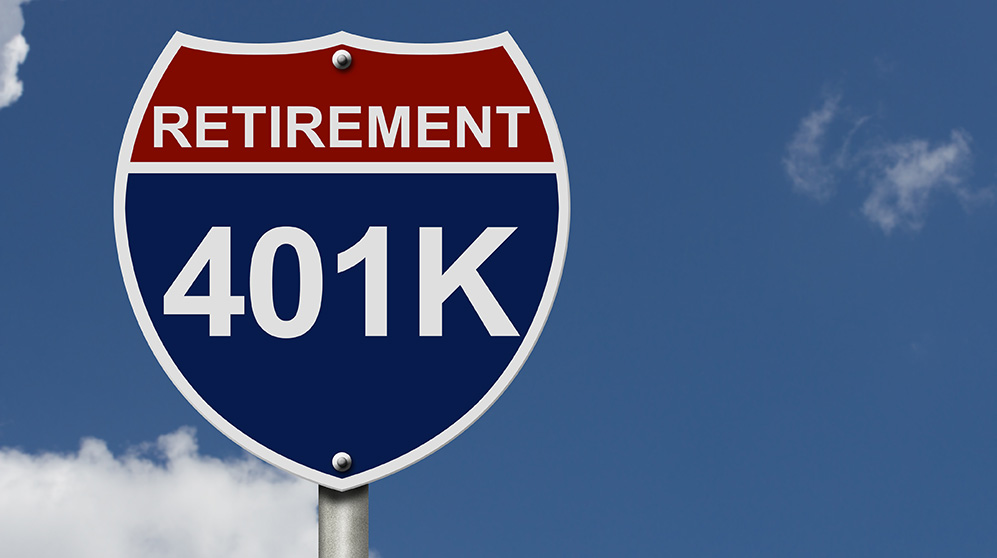Breathing Room on High Earner Catch-up Contributions
• 4 min read
- Brief: Retirement & Benefits, Taxes

Get the latest in Research & Insights
Sign up to receive a weekly email summary of new articles posted to AMG Research & Insights.

Higher-earning individuals and plan sponsors have been handed a two-year reprieve on a change to catch-up contributions in retirement accounts.
What are catch-up contributions?
For individuals age 50 or older, the 2023 IRS annual limit of $22,500 for individuals contributing to a traditional or Roth 401(k) is expanded, allowing for an additional $7,500 in catch-up contributions.
SECURE Act 2.0 change to catch-up contributions for high earners
The law specifies that catch-up contributions by those high earners would have to be made as after-tax Roth contributions, starting in 2024. In effect, the change removes the pre-tax benefit previously available to higher-income earners.
The catch-up change caused an uproar among plan sponsors over expected hurdles of implementing the changes by the 2024 deadline, such as having just a few months to add a Roth feature if they did not already offer one and coordinating with payroll and plan providers to update systems—with no updated guidance from the IRS.
There also were concerns that some plan sponsors might consider eliminating catch-up contributions altogether or require that all catch-up contributions be made to Roth accounts, regardless of income level.
The Internal Revenue Service recently responded to industry complaints, announcing an extended transition period to 2026.
Impact if you are a high earner
The rule change may present an opportunity to diversify future income streams from pre-tax and after-tax retirement accounts.
Traditional 401(k) contributions are made pre-tax. They lower your taxable income today and are subject to ordinary income tax upon withdrawal. Penalty-free withdrawals can begin at age 59½ but required minimum distributions (RMDs) begin at age 73. Those RMDs could potentially affect your tax bracket.
Roth 401(k) contributions are made after-tax. In exchange for more taxes paid today, both the capital appreciation and withdrawals are tax free in the future. Additionally, there are no RMDs on Roth accounts.
Related article: Deciding Between a Traditional or a Roth 401(k)?
Contributing to both traditional and Roth 401(k) accounts offers flexibility in the future to time distributions from your accounts to potentially manage when and how much you pay in required taxes.
Additionally, it is possible for high earners to rollover traditional 401(k) assets into a traditional Individual Retirement Account (IRA) and convert it into a Roth IRA, which has no requirement to begin taking RMDs while the owner is alive. Some 401(k) plans also allow conversion of traditional assets to Roth inside the plan, which also has no RMD requirement under SECURE Act 2.0.
Some caveats, though:
- Rollovers from a traditional IRA to a Roth IRA will incur taxes, but those may be managed by planning the event for a year when your income is already low, or by staggering rollover amounts over several years.
- If a rollover is done from a Roth 401(k) to a Roth IRA, both accounts must have been held for at least five years before money can be withdrawn tax free.
Your advisor can help analyze how contributing to a traditional or Roth retirement account may impact your financial situation.
Impact if you are a plan sponsor
You have roughly two years to work out the details, but you still will need to prepare for this change.
Catch-up contributions can continue to be made by anyone age 50 or older on a pre-tax basis through December 31, 2025.
If your plan does not currently offer Roth accounts—20% of plans lack Roth accounts today, according to a Vanguard report—it is time to revisit your plan design with your retirement plan administrator.
While you are at it, examine participants’ ages to calculate how many would fall into the annual income category of $145,000 or more in Social Security wages.
HOW AMG CAN HELP
AMG is a specialist in administering small business retirement accounts.
Contact us at 800-999-2190 for a free evaluation of your current plan design and providers or email us the best day and time to reach you.
This information is for general information use only. It is not tailored to any specific situation, is not intended to be investment, tax, financial, legal, or other advice and should not be relied on as such. AMG’s opinions are subject to change without notice, and this report may not be updated to reflect changes in opinion. Forecasts, estimates, and certain other information contained herein are based on proprietary research and should not be considered investment advice or a recommendation to buy, sell or hold any particular security, strategy, or investment product.
Get the latest in Research & Insights
Sign up to receive a weekly email summary of new articles posted to AMG Research & Insights.


